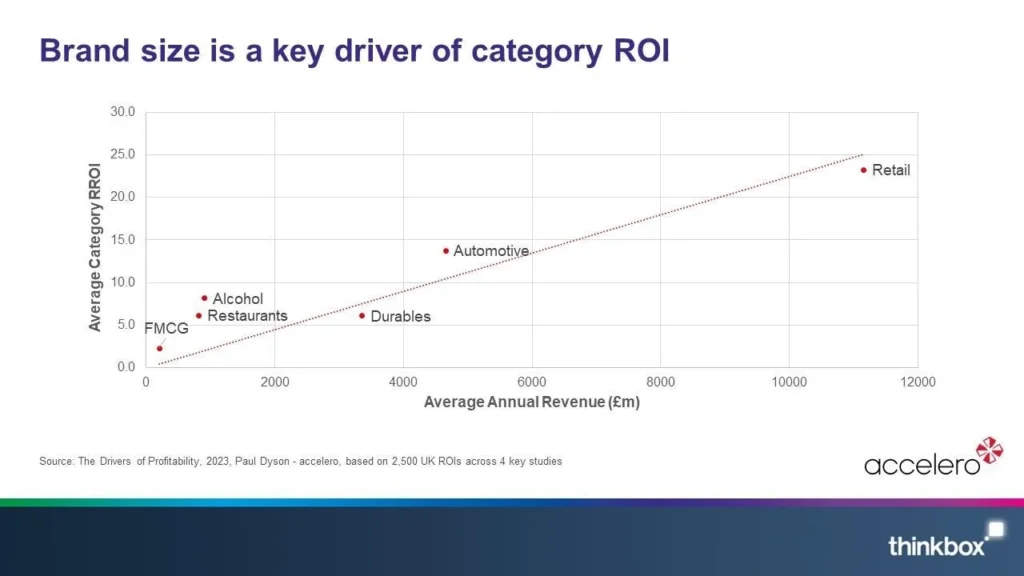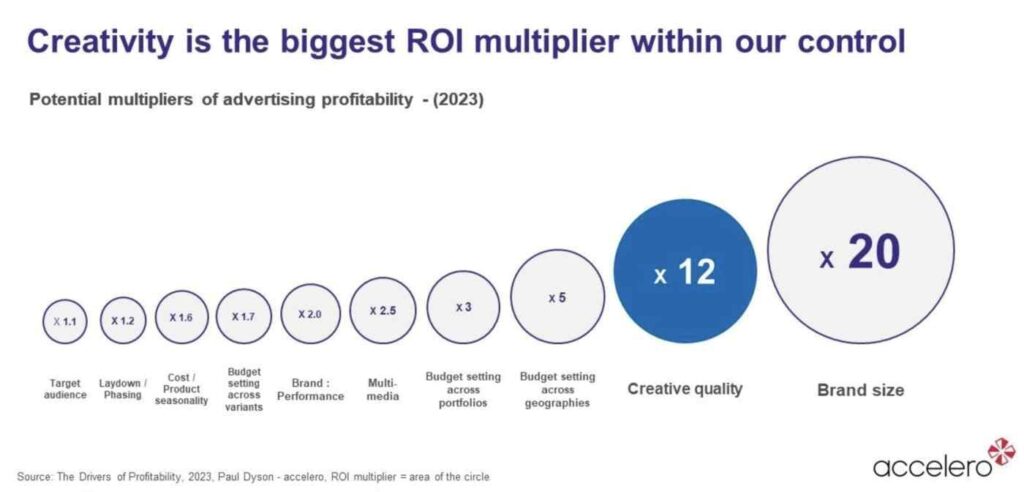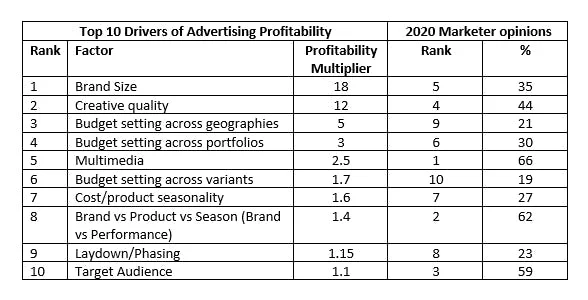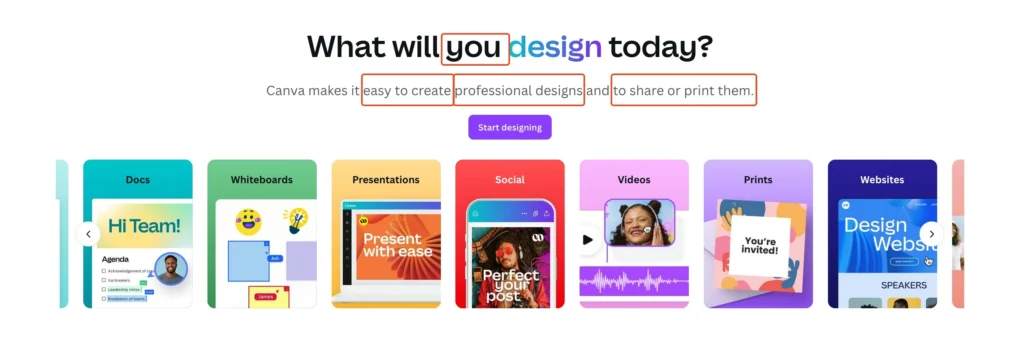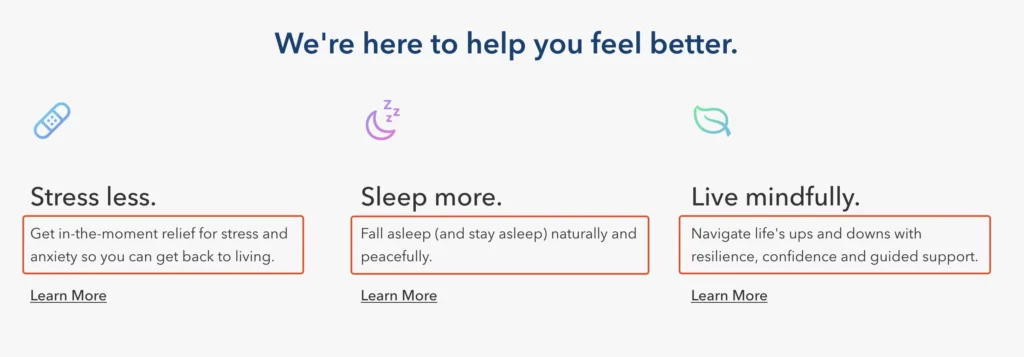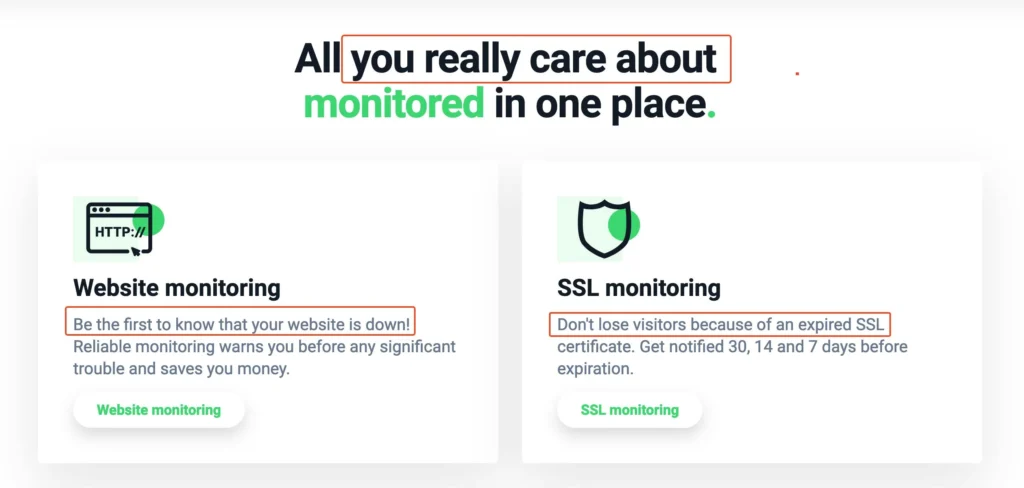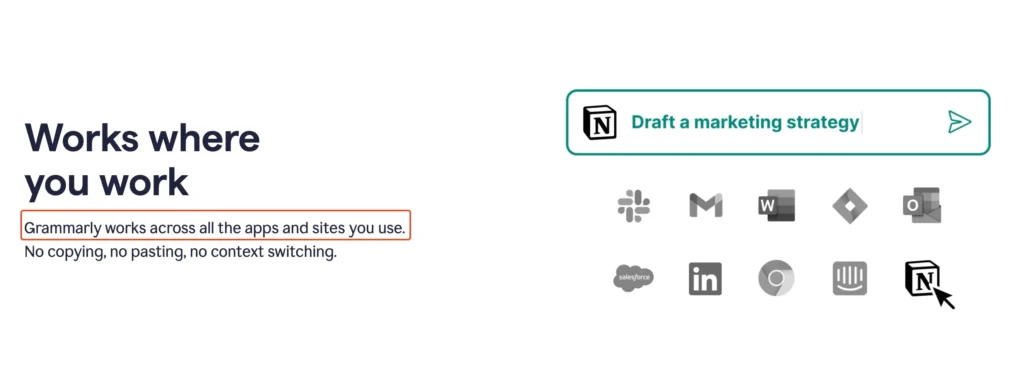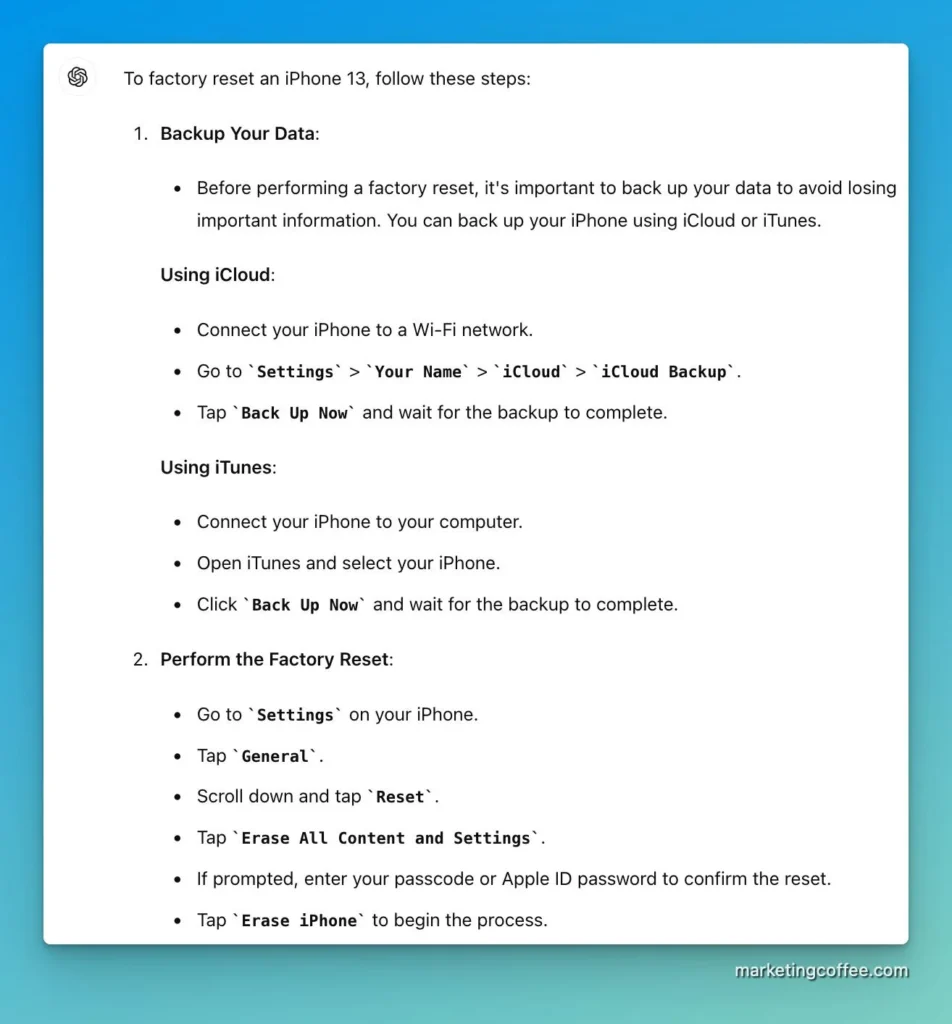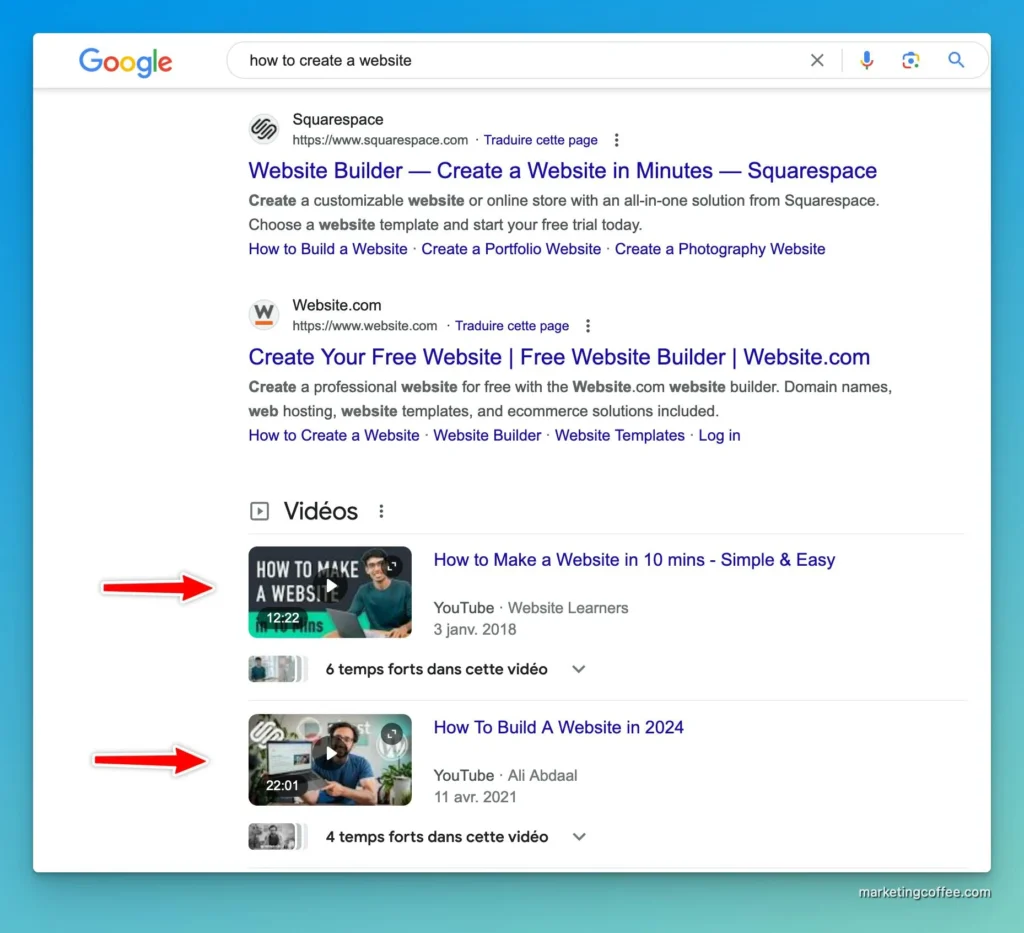Marketing projects are tricky. Everyone gets overwhelmed at some point.
Slack messages. Endless email loops. Zoom calls all day. Unexpected changes.
There’s only so much our brains can take in a day. And there’s actual work to do on top of that.
Today, I’m sharing a method that helps me accomplish things and move the needle.
It helps me focus on getting things done and achieving projects on time.
Here’s how you can make it yours.
Centralize your projects and tasks.
After being overwhelmed for a while, I started to centralize all action points in a single place so that I didn’t need to run around various software trying to find that one thing someone asked me to do three days ago.
My secret is to record all my tasks as soon as I discover them.
For this, I use a software called Todoist. It’s stupidly simple, and it works like a charm.
Of course, feel free to use another software or even pen and paper.
The method matters more than the actual software.
Step 1: capture all incoming tasks without prioritizing them immediately
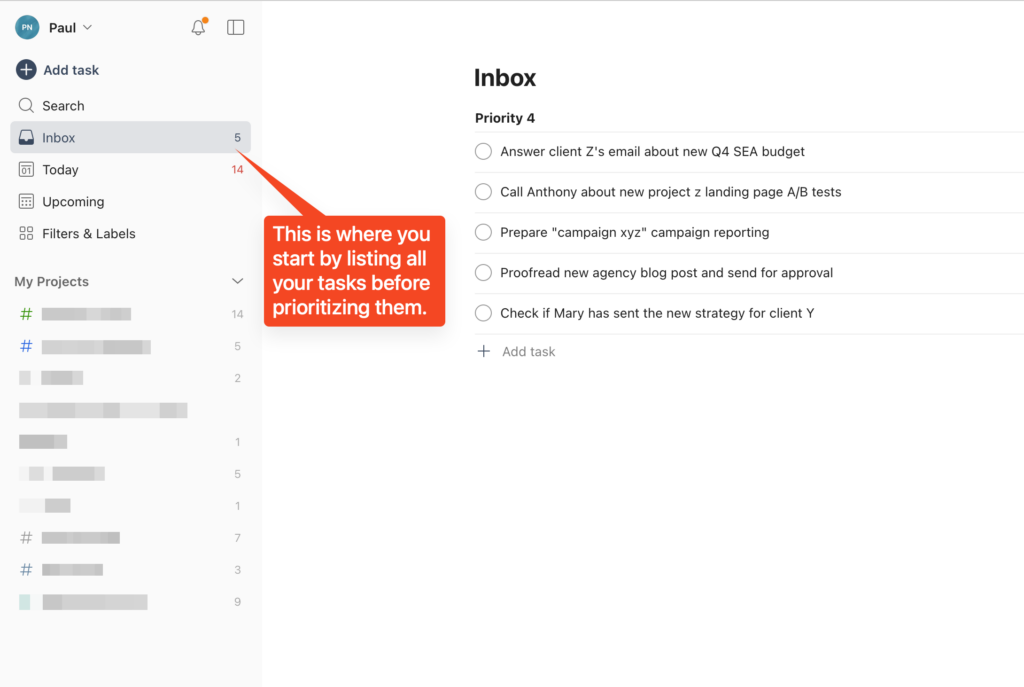
The idea here is to have a place to store all incoming tasks. Don’t worry; you’ll review them later.
Step 2: structure your task manager by client or projects
Since I work for an agency, I usually create one space per client. You can also choose to organize this on a per-project basis.
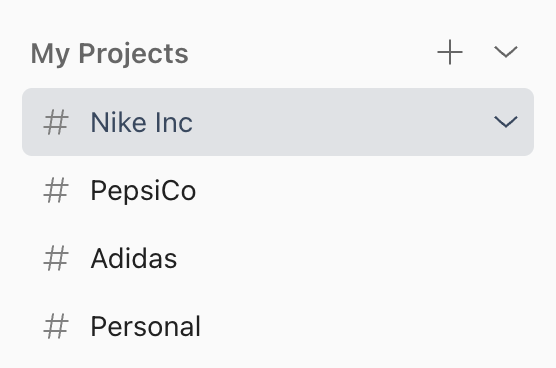
Step 3: break down projects into sub-projects and tasks
The idea here is to group tasks logically. You don’t want to review lists of random items from different projects every morning.
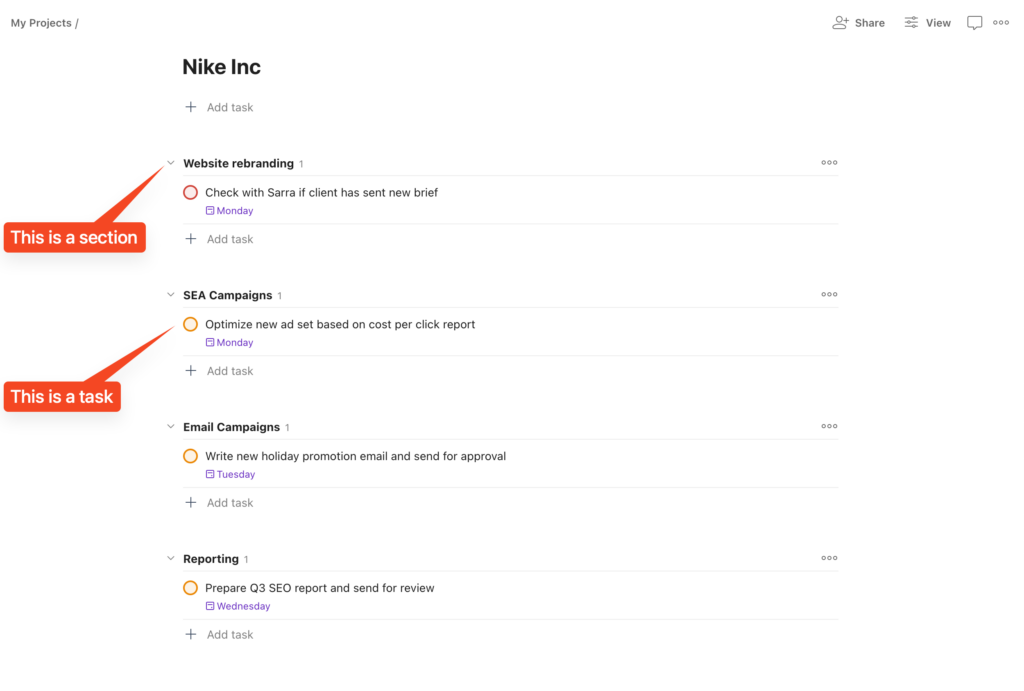
Once you’re done with centralizing your tasks, it’s time to prioritize them and get things done.
Adopt this daily workflow to prioritize your work.
I use a workflow derived from the Eisenhower Matrix, which is similar to the « ABC method. »
Here’s how it works in theory:
- Important + Urgent –> focus on this
- Important + Non-Urgent –> block time
- Non-important + urgent –> delegate or batch work
- Non-important + Non-Urgent –> delegate or delete

Image courtesy of Todoist
In practice, it starts with reviewing your « inbox » to prioritize your tasks. It takes more time the first time you do it, but it becomes much easier once you’re doing it on a rolling basis.
Set priority levels for your tasks.
Mirror the Eisenhower Matrix using tags or priority levels.
On Todoist, I use priority levels as such:
- P1: Important + Urgent
- P2: Important + Non-Urgent
- P3: Non-Important + Non-Urgent
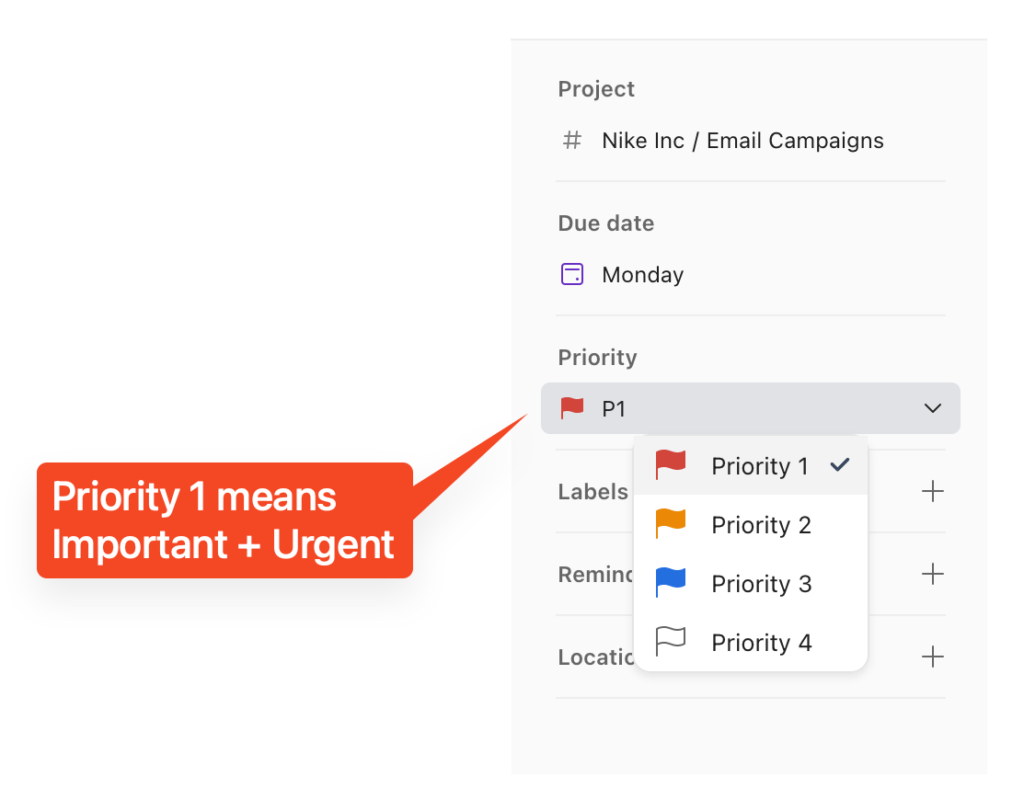
Use dates to make sure you keep track of deadlines
Assigning a specific day and hour to work on a project is tremendously helpful for ensuring that important tasks are completed on time.

Review your tasks each morning.
A lot happens during the day. I dedicate about 10 minutes daily to reviewing and reprioritizing my daily tasks.
- Project’s deadline pushed? Update the task’s due date.
- Task suddenly becoming urgent? Promote the task to P1.
- New ask from a colleague? Create a dedicated task.

Use timeboxing to get things done.
Organizing your tasks is critical. But what if you don’t have time to do the tasks and postpone them? That’s when timeboxing comes in handy.
Using this method, you should block 30-minute or 1-hour slots in your agenda to work on important and urgent tasks.
If you do this sufficiently in advance, you will have no difficulty finding available slots on your agenda to work on those tasks.
If your task management software allows, you can also activate the calendar synchronization so that your tasks will appear in your calendar.
This is what I do with Todoist, and it works great.
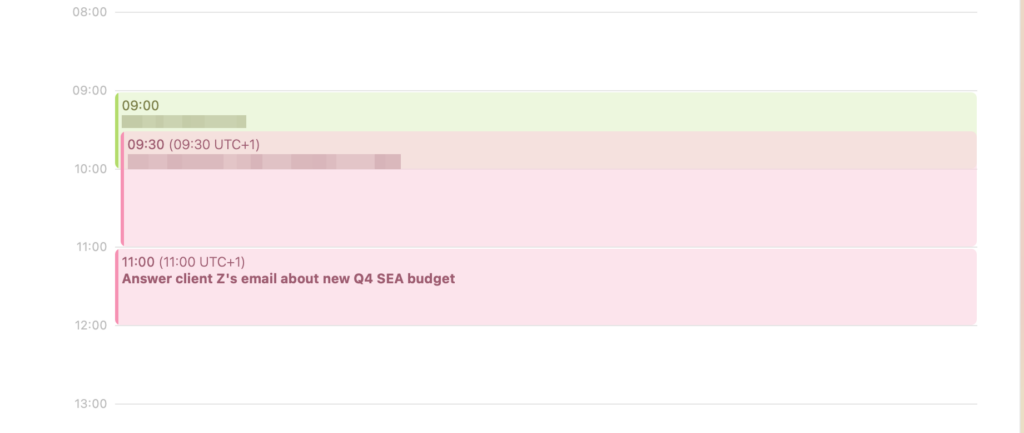
And now, over to you!
Task management and work organization can become wildly complicated. I used to work on Notion, but I soon realized that I was almost spending more time organizing work than doing actual work.
That’s why I adopted this simple method for every project.
That’s it for today. If you found this interesting, consider subscribing to my newsletter.
It’s free – and I will send you 3 new marketing hacks you can use immediately every week.



